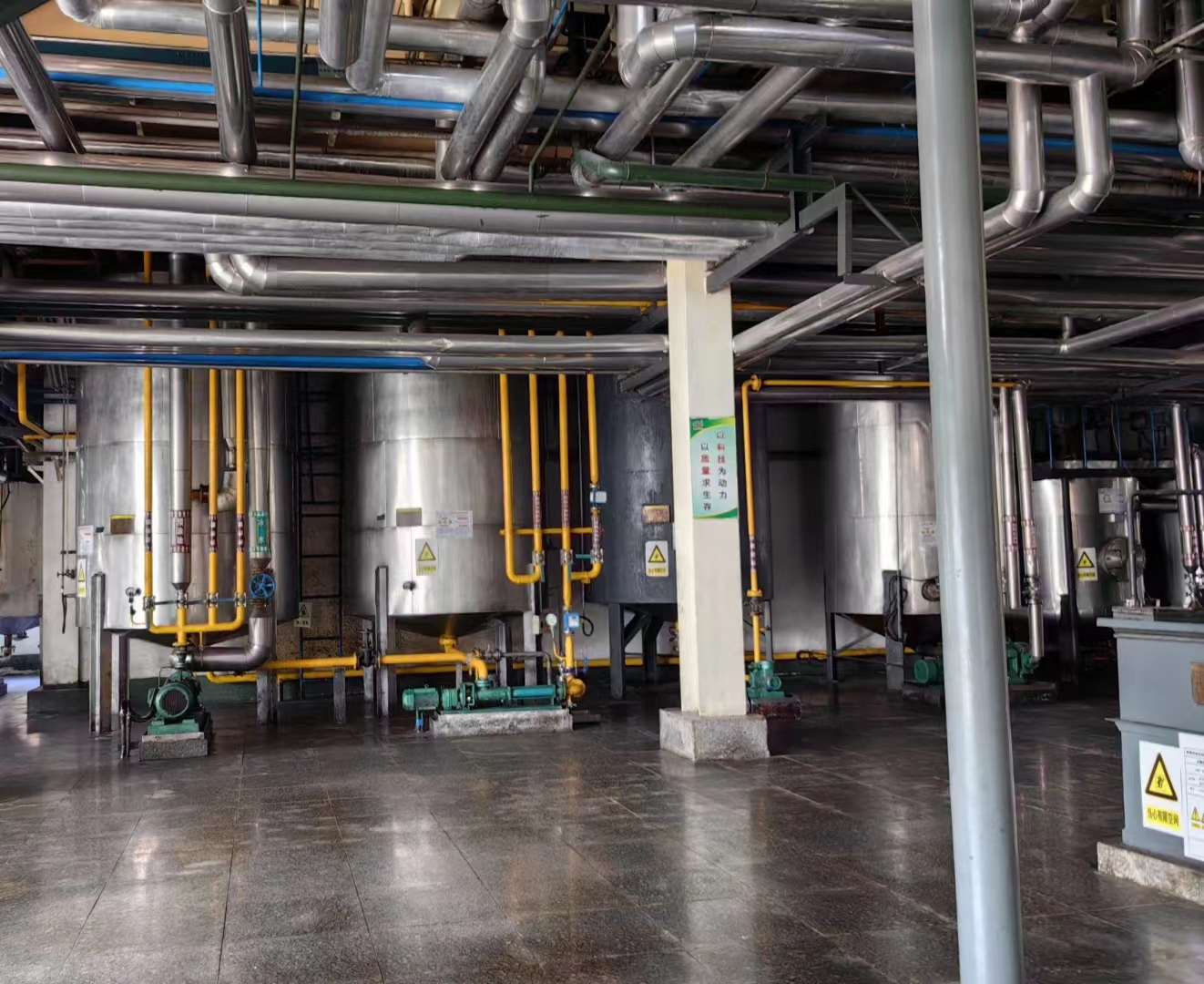ACTIVATED CARBON PRODUCTION
-

ACTIVATED CARBON PRODUCTION(1/2)
-

ACTIVATED CARBON PRODUCTION(2/2)


ACTIVATED CARBON PRODUCTION
Activated carbon is produced through two main processes: carbonization and activation.
Carbonization
During carbonization, the raw material is thermally decomposed in an inert environment, at temperatures below 800 ºC. Through gasification, elements such as oxygen, hydrogen, nitrogen, and sulfur, are removed from the source material.
Activation
The carbonized material, or char, must now be activated to fully develop the pore structure. This is done through oxidizing the char at temperatures between 800-900 ºC in the presence of air, carbon dioxide, or steam.
Depending on the source material, the process of producing activated carbon can be carried out using either thermal (physical/steam) activation, or chemical activation. In either case, a rotary kiln can be used to process the material into an activated carbon.
